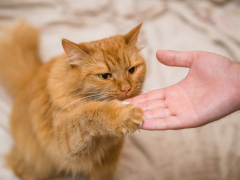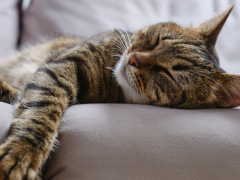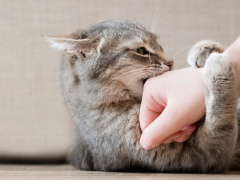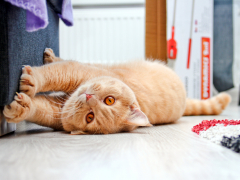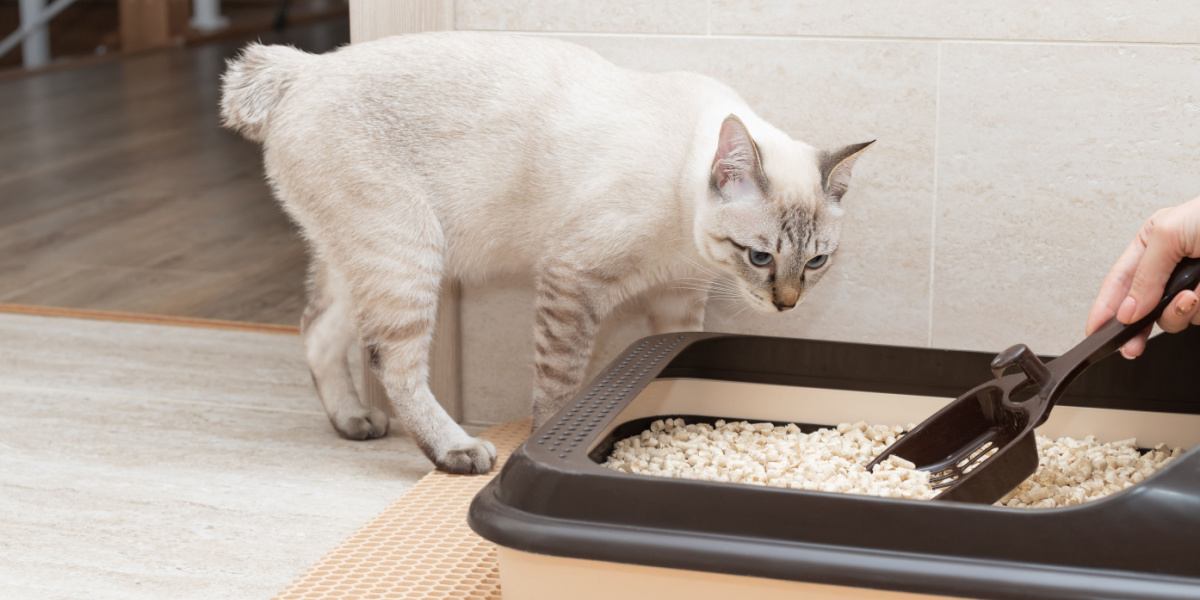
A sudden spree of cat pee and poop around the house is both upsetting and irritating. It can be especially frustrating if your cat has previously been well-trained to use the litter box, maybe even for years.
Cats have a strong natural instinct to toilet in a clean and well-placed litter tray, and litter box training often comes naturally to kittens. A regression in litter box training can be a sign of a medical or behavioral issue that needs addressing. Never use punishment to retrain your cat into good litter tray habits, but aim to make their litter box the most appealing place to toilet.Quick Overview
If your cat’s bathroom habits have taken a turn for the worse, rest assured they are not doing this to frustrate you. It could be a sign of an underlying physical or emotional issue your cat is facing, or a sign that something about their litter box just isn’t quite right.
As a pet parent, it is your job to play detective and to figure things out. Toileting is a very sensitive issue for cats and they are likely just as upset about the change to routine as you are.
The following steps should help retrain your cat back to good litter tray habits.
1. Rule Out Any Medical Issues
Inappropriate toileting—especially urinating in unusual places—can be a sign of a medical issue. If the urine is dark, bloody, or seems painful to pass, your cat could be suffering from cystitis or a urinary tract infection.
Your veterinarian is the person to diagnose this, so schedule your cat for a checkup if in any doubt. Any cat that is straining to pass urine but is struggling to do so should be seen immediately as this can indicate a urinary blockage, which is very serious and life-threatening.
Alternatively, your cat might be urinating outside the litter box because they are drinking more. Polydipsia, or increased thirst, can be a sign of certain conditions such as diabetes, kidney disease, and thyroid issues. Once again, a trip to your vet is the best way to rule these issues out. Your vet might wish to run some urine or blood tests to make sure your cat is disease-free.
2. Break the Cycle
Sometimes cats will urinate in a new or unusual spot once for an unknown reason but be drawn back to that area by the scent of their urine. As we all know, cats are creatures of habit, and occasionally the wrong habits are established. In order to stop an unwanted toileting cycle, clean up accidents with an enzymatic cleaner.
Clean the area daily for three consecutive days. Even if it smells fine to us, a cat might still be able to detect their own odor! If possible, and especially if the cat has taken to peeing in a particular spot for a while, try and restrict the cat’s access to this area for a week or two.
3. Address Any Behavioral Issues or Stressors
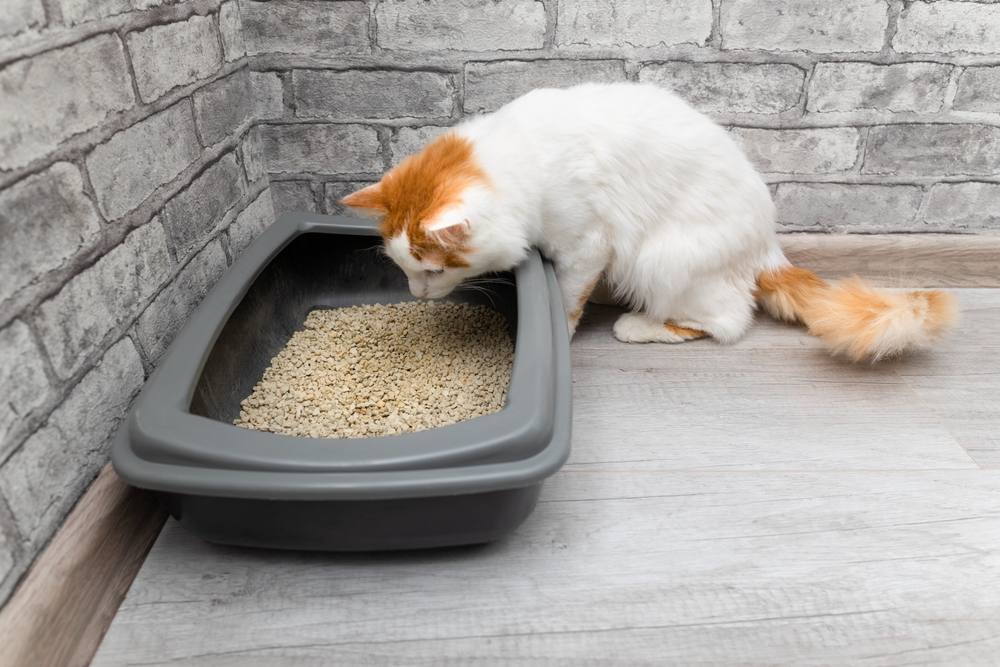
Going outside the litter box is a common symptom of stress or anxiety in cats.
Litter box habits are a strong reflection of a cat’s emotional state. Anything that might cause stress or upset your cat can set their toileting behavior off kilter. These might include:
- New pets or babies in the household
- Neighborhood cats coming into your yard
- Construction or work taking place inside their core territory
- A change in the family routine
Some things, like new cats in the local area, can be hard to control, whereas other aspects you might be able to have more influence on, such as introducing new pets gradually and making sure your cats have plenty of space to hide away and feel safe.
There are a number of products that can help reduce a cat’s stress levels, such as diffusers that release calming pheromones and calming cat diets. Whatever steps you can take to make your cat feel secure will likely have a positive impact on their litter training.
If in doubt, talk to your veterinarian or trusted pet behaviorist about how to help your cat feel happy and secure.
4. Make Their Litter Tray Appealing
Your cat can be living as healthy and as low-stress life as possible, but if they hate the litter tray, litter, location of the box, or cleanliness of the box, they are not going to want to go to the bathroom there. It is important to have the best litter box setup for your particular cat.
Type of litter box: A shy or timid cat might appreciate a litter box with high sides and a lid in order for more privacy and confinement, whereas a small kitten or an older arthritic cat might find the high sides on their tray difficult to negotiate and therefore do better with a litter tray with low that they can more easily access.
Cat litter: Similarly, different cats have different preferences for the type of litter, so if you see a regression in litter training after you have just changed from clay litter to pellets or sand, for example, consider switching back to the cat litter your cat is used to. Remember, they are creatures of habit.
Cleanliness: As a general rule of thumb, all cats prefer a clean litter tray with some form of fresh substrate to pee or poop on. If litter training takes a turn for the worse, make sure you have the basics of cleaning covered. Scoop out feces and clumps of urine daily, deep clean the box once a week.
Location: Similarly, most cats would prefer to toilet away from their feeding and bedding area, so consider the placement of your cat’s litter box, as well.
5. Reinforcement and Encouragement
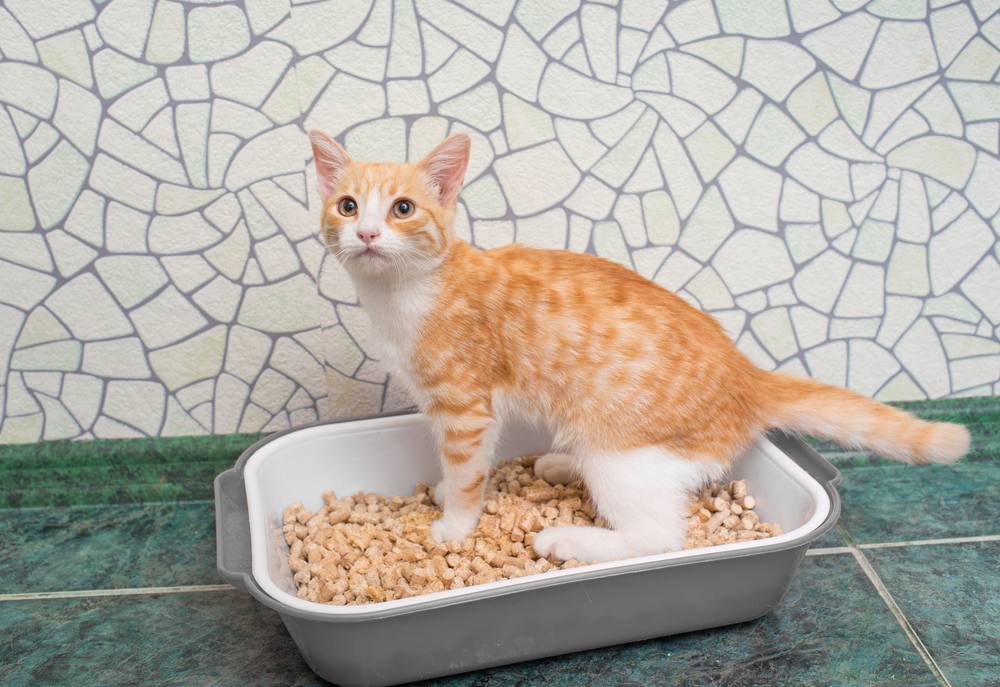
Offer your cat a treat after they use to the litter box to reinforce the behavior you want.
We all like to be told we are getting things right, and your cat is no different. Remember not to punish or scold your cat if they have a bathroom accident outside of their litter tray. It’s OK to pick them up and place them gently into a clean litter box if you happen to catch them while they are giving you cues that they are about to toilet.
When they get it right and toilet in their tray, feel free to lavish them with praise and encouragement and even their favorite treat might help.
Also Read: The 6 Best Automatic Self Cleaning Litter Boxes In 2023
Frequently Asked Questions
How long does it take to retrain a cat to use a litter box?
How long it takes to train a cat to use a litter box depends a lot on their reason for toileting outside of it, as well as how long they have been toileting in the wrong place. If the issue is a dirty or unappealing litter box, it is possible to put things right in a day or two. If there is a long-standing behavioral or medical issue causing the problem, then it might take several weeks to get things back on track.
Can you retrain an old cat to use a litter box?
Most cats instinctively want to toilet in a clean, appealing litter box, regardless of their age. Cats that are litter trained from a young age might pick things up a little quicker, but most cats will get the hang of litter training with patience and encouragement.
What should I do if my cat won’t use a litter box and I have tried everything?
If you have taken all the sensible steps to train your cat to use a litter box like using different cat litter, locating the litter box in a acceptable place, and giving your cat lots of praise and encouragement, your cat might have an underlying medical issue that needs to be addressed. It is a good idea to take a trip to your vet to get your cat a health check.
 Fact checked by
Fact checked by
